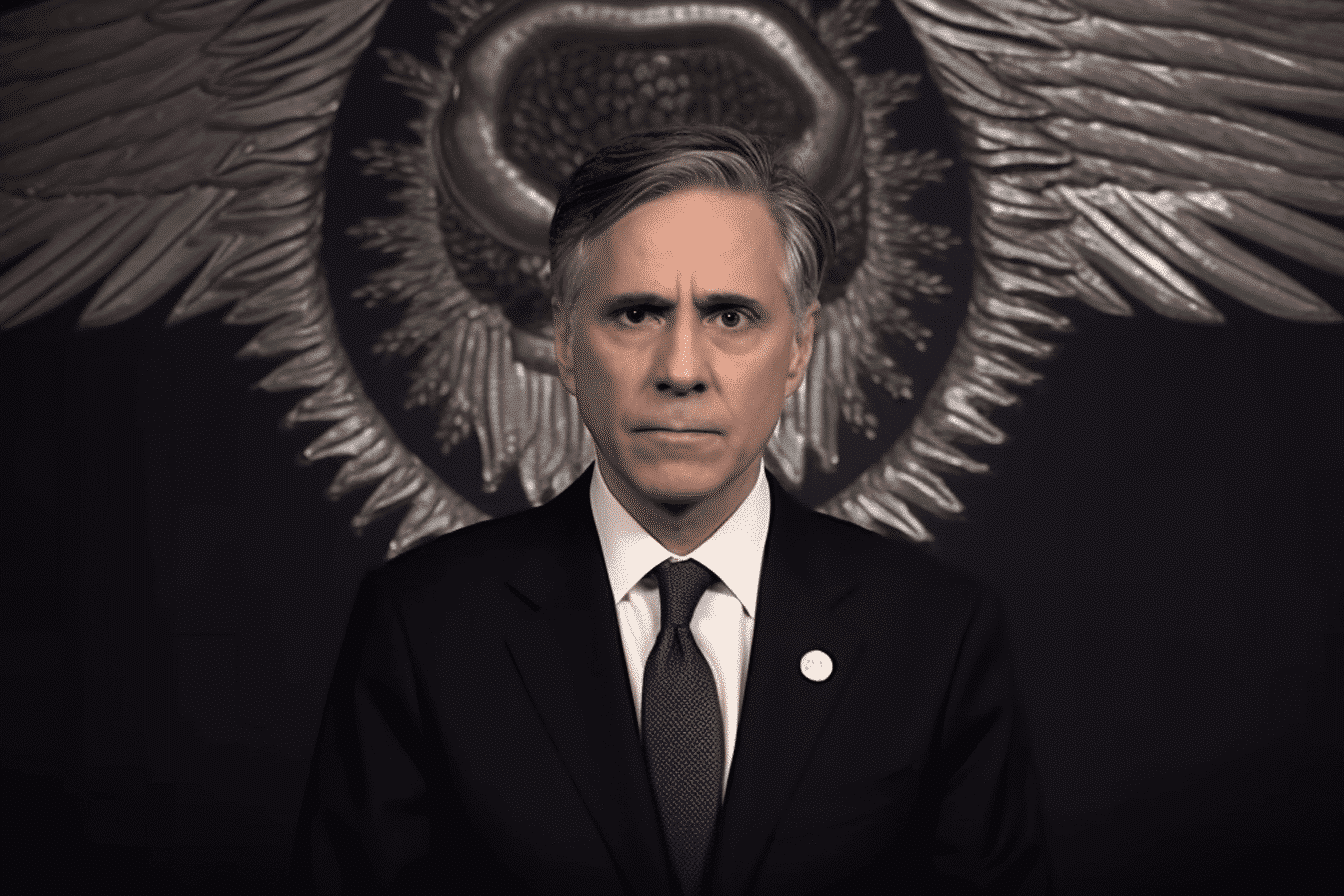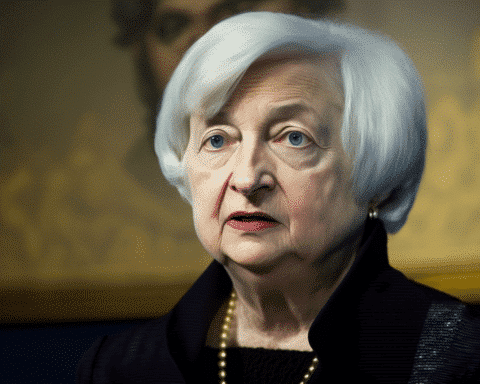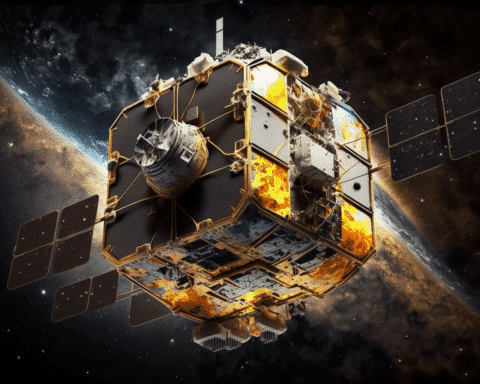U.S. Secretary of State Antony Blinken emphasized that any potential cease-fire in Ukraine must coincide with a “just and lasting” peace agreement that mandates the withdrawal of Russia’s military. He argued against a cease-fire that merely perpetuates the current status quo, enabling Russian President Vladimir Putin to solidify his grip on seized territories, recover, and reinitiate attacks.
In a speech delivered in Finland, a recent NATO member that shares an extended border with Russia, Blinken insisted that Russia must bear part of the financial burden for Ukraine’s reconstruction and be held accountable for its full-scale invasion in February 2022.
Blinken cautioned that permitting Russia to retain its hold over a fifth of Ukraine’s territory could encourage Russia and other aspiring aggressors worldwide. Russia, in contrast, wants discussions to consider Ukraine’s aspiration to join NATO – a development that Ukrainian President Volodymyr Zelenskyy advocates and which the Kremlin perceives as a threat.
Blinken affirmed Washington’s readiness to back peace initiatives by other nations, including recent proposals from China and Brazil. However, he asserted that any peace agreement must honour the principles of sovereignty, territorial integrity, and independence.
Despite China’s claimed neutrality and intent to serve as a mediator while politically supporting Moscow, it called on countries to cease weapon supplies to Ukraine.
In Kyiv, over 30 Russian cruise missiles and drones were intercepted on Friday, marking the sixth consecutive day of air assaults. Iranian-made Shahed drones and cruise missiles from the Caspian region attacked the Ukrainian capital from various directions, according to Serhii Popko, a senior Kyiv official.
The attack injured a 68-year-old man and an 11-year-old child and caused damage to private property from falling debris. The continuous assaults on the capital challenge the resilience of Ukraine’s air defences and the residents as Kyiv prepares a counteroffensive against the invading Russian forces.
The Institute for the Study of War, a Washington-based think tank, posits that Moscow’s strategy may backfire, as the focus on Kyiv could hinder the campaign’s effectiveness in deterring possible Ukrainian counteroffensive maneuvers.
The Ukrainian chief of staff, Valerii Zaluzhnyi, reported that Ukraine’s air defences intercepted all 15 cruise missiles and 21 attack drones aimed at Kyiv on Thursday night.
Civilian casualties are mounting, with Ukraine’s presidential office stating that at least four civilians were killed and 42 injured within the last 24 hours.
In the meantime, regions of Russia bordering Ukraine have once again faced attacks from Ukraine. The recent cross-border incursions have agitated those Russian regions, placing the Kremlin on alert, potentially indicating a strategic move by Ukraine to scatter Russian forces before launching a counteroffensive.
The U.K. Ministry of Defense noted that Russian commanders now face a challenging decision on whether to reinforce defences on Russia’s border or within occupied Ukraine.
Overnight “several Ukrainian drones” were shot down by air defence systems in Russia’s Kursk region, bordering Ukraine, as regional Governor Roman Starovoit reported.
In a neighbouring region bordering Ukraine, Bryansk, Ukrainian forces reportedly shelled two villages, but no casualties were reported. In the early hours, two drones targeted energy facilities in Russia’s Smolensk region, bordering Belarus.
The ongoing crisis in Ukraine continues to escalate with daily air assaults and rising civilian casualties. Diplomatic efforts are endless, but peace seems distant without a comprehensive deal that includes Russia’s military withdrawal. World leaders must navigate the situation’s complexities as the conflict continues to achieve a resolution that upholds Ukraine’s sovereignty and territorial integrity. The impacts of this conflict extend beyond Ukraine and Russia, as evidenced by the responses from nations worldwide, indicating the gravity and global repercussions of the crisis.




